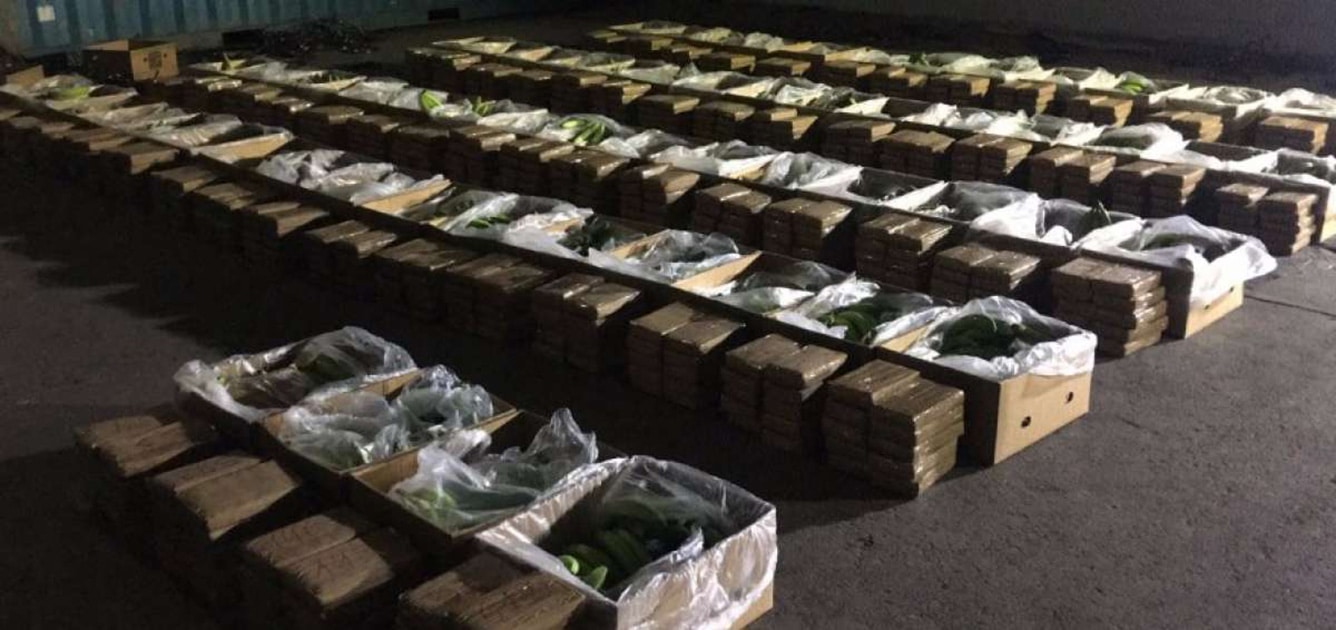The Mexican cartels are expanding their activities in South America. The criminal organizations buy and trade cocaine through connections established in several countries to distribute it in the United States and Europe.
In Colombia, the Mexican cartels “Sinaloa,” “Jalisco New Generation” (CJNG), “Los Zetas,” and “Beltrán Leyva” are reportedly the leading buyers and traffickers of cocaine produced by illegal armed groups involved in drug trafficking.
“Almost all illegal armed groups are involved in drug trafficking. Some of these groups have outside contacts, meaning they are involved in drug trafficking. Others are more precarious and just sell cocaine,” explained Dr. Gustavo Duncan, an expert on drug trafficking and professor at the Faculty of Government and Political Sciences at EAFIT University in Medellín, Colombia.

“The Clan del Golfo is seen as more organized, not so much the guerrillas or dissidents [of the Revolutionary Armed Forces of Colombia – FARC] in the Pacific […], [they] are seen more as suppliers for other drug traffickers.”
Norte de Santander is one of the regions affected by the illegal activities of criminal groups. Human rights organizations have confirmed the penetration of Mexican cartels and their connection to the growth of coca cultivation, currently estimated at 40,083 hectares.
“The rapid growth of coca cultivation and the presence of Mexican cartels as major buyers of coca paste have boosted the market, and they are the main financiers of the illegal groups,” affirmed Wilfredo Cañizares, director of the Colombian non-governmental organization “Fundación Progresar” to the Colombian television station “Noticentro 1.”
Colombian authorities have focused on disrupting the financial flow of these groups and their main links to the Mexican cartels. One of the most recent blows came on July 14, when Colombian authorities seized 175 properties and vehicles belonging to Néstor Alonso Tarazona, considered the main Colombian associate of Joaquín El Chapo Guzmán, the jailed leader of the Sinaloa cartel.
“The properties were apparently acquired with money laundered from [Tarazona’s] assets,” the Colombian attorney general’s office said. “This man is being investigated for giving the appearance of legality to illicit proceeds from cross-border cocaine trafficking by the then-Cali cartel, the Mexican cartels Sinaloa and Jalisco New Generation, and the criminal group Los Puntilleros.”
Police also broke another link between the National Liberation Army (ELN) and the Sinaloa cartel with the arrest of Juan Carlos López, a.k.a. El Sobrino, who exported three tons of cocaine per month by boat to the Caribbean and the United States, according to General Jorge Luis Vargas, director of the Colombian National Police, via “Twitter.”
Duncan stresses that while not all criminal groups are linked to drug trafficking, they cause violence in communities. “Some even have laboratories, others just control crops and are more involved in small-scale organized crime,” he said: Extortion, drug markets, and other very local things,” he added.
EXPANSION OF NARCOTICS TRAFFICKING
According to the United Nations Office on Drugs and Crime’s 2022 World Drug Report, Ecuador is among the countries exporting cocaine to Europe. In mid-July, Ecuadorian Interior Minister Patricio Carrillo said Ecuador “has stopped being a transit country and has become a drug exporting country.”
It is estimated that more than half of Colombia’s drug production leaves Ecuador and goes to three major criminal groups: the Sinaloa Cartel and the CJNG in Mexico, and the Albanian Mafia in Europe.
On June 15, Ecuadorian police seized two tons of cocaine and arrested nine members of a Colombian criminal network linked to Mexican cartels that transports five tons of cocaine a month.
In Chile, authorities have noted the presence of the Sinaloa cartel and the CJNG.
“Crimes that used to be committed by a single person are now carried out by sophisticated organizations that plan large-scale drug trafficking, immigration and human trafficking, as well as smuggling or cybersecurity crimes,” Chilean Interior Secretary Manuel Monsalve pointed out to Nicaraguan broadcaster TN8.
“Our country was the first passage for drugs to Europe and Asia, then we became drug users, and now we’re a place where large criminal organizations have set up shop.”
In September 2021, Chile’s Attorney General’s Office warned of the presence of Mexican criminal groups.
“This continent hosts three of the five most dangerous organizations in the world: the Tren de Aragua, the Jalisco New Generation Cartel, and the Sinaloa Cartel. All of these organizations already have influence or are present in Chile,” Monsalve said.
According to the Chilean Attorney General’s Office, Latin America must be closely monitored due to the growing drug market and the leading role and specialization; Mexican groups have acquired in producing and synthesizing methamphetamines and other substances.
With information from Latina Press

